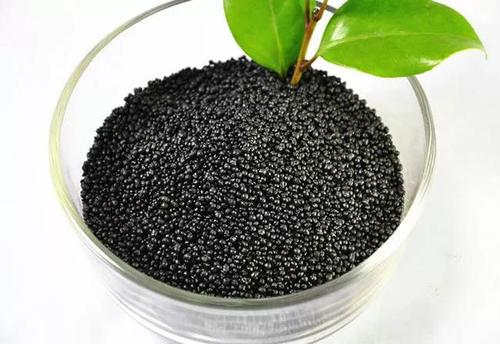
2020-10-27
With the progress of the times and the improvement of people's living standards, more and more people are pursuing a green diet. In the era of various pesticides and fertilizers, a sunrise industry has emerged, that is, humic acid fertilizers. Today we will share about humic acid fertilizers types and functions.
First, the role of humic acid fertilizer.
Humic acid fertilizer is a recognized green food fertilizer, which can improve the soil very well. The effect of increasing the content of microorganisms in the soil, long-term application will not cause soil compaction, and can also achieve the purpose of improving the utilization rate of fertilizers. It has been widely used in production. As a green fertilizer additive.
What is humic acid fertilizer? Types, functions and usage of humic acid fertilizers?
2. Types of humic acid fertilizers.
At present, humic acid fertilizers have been widely developed, such as different contents of ammonium humate, sodium humate, potassium humate, humic acid compound fertilizer, humic acid liquid fertilizer, etc.
According to the source, humic acid can be divided into natural humic acid and artificial humic acid. Among natural humic acids, it is divided into soil sodium humic acid (white) phytic acid, coal humic acid, water humic acid and mold humic acid acid, etc.
According to the formation method, humic acid can be divided into primary humic acid and regenerated humic acid (including humic acid in natural weathered coal and artificially oxidized coal).
According to the solubility and color classification in the solvent, humic acid can be divided into fulvic acid, brown humic acid and black humic acid. In the earlier literature, there are also the names of fulvic acid, brown humic acid, and green humic acid, all of which are separated using different solvents.

According to the natural binding state, it can be divided into free humic acid and (calcium, magnesium) bound humic acid.
According to the degree of humification (absorption coefficient, etc.), humic acid can be divided into A type, B type (true humic acid), RP type, P type (immature humic acid), etc.
What is humic acid fertilizer? Types, functions and usage of humic acid fertilizers?
3, the use of humic acid fertilizer.
1. Soak the seeds.
Seed soaking can improve the germination rate of seeds, emerge early, and enhance the rooting ability of seedlings. The general seed soaking concentration is 0.005%-0.05%, the general seed soaking time is 5-10 hours, and the hard shell seeds such as rice and cotton are 24 hours.
2. Soak the roots and dip the roots.
Rice and sweet potato can be soaked with sodium humate or potassium humate solution with a concentration of 0.01%-0.05% before transplanting. After soaking, rooting is fast and the survival rate is high.
3. Spray outside the root.
Generally, the solution with a concentration of 0.01%-0.05% is sprayed 2-3 times during the flowering period of the crop, and the spraying time is 2-4 pm, and the effect is the best.
4. Make base fertilizer.
The general dosage of solid humic acid fertilizer (such as ammonium humate, etc.) is 100-150kg\/667m2. When humic acid solution is used as base fertilizer, the concentration is 0.05%-0.1%, and the dosage is 250-400 liters per 667 square meters. Mixed application of agricultural fertilizers can also be applied in furrows or holes.
5. Top dressing.
Before the crop seedling stage and heading stage, about 250 liters of 0.01%-0.1% aqueous solution per 667 square meters is used to irrigate the vicinity of the roots of the crops. The paddy field can be applied by irrigation or splashing water, which can strengthen the seedlings and promote growth and development.